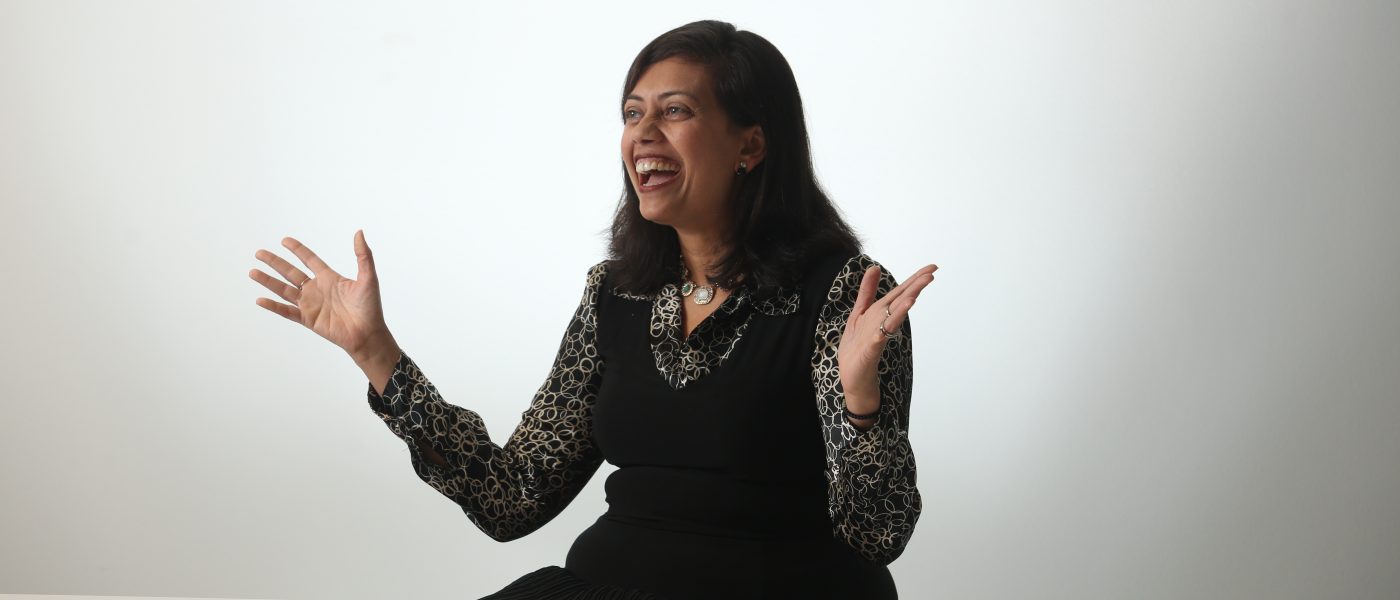The Immersive Power of Averted Gaze
How does eye gaze direction influence advertising effectiveness? Co-authors of a recently published Journal of Consumer Research study, Rita Ngoc To and Vanessa M Patrick, explain.
Consumers are exposed to hundreds of ads featuring models or influencers on social media, magazines and billboards. In virtually every one of those ads, the model is either looking at you with a direct gaze or away from you with an averted gaze. Does where the ad model’s eyes look matter? Can gaze direction be used as a strategic cue by marketers to engage you, the viewer, into the ad narrative?
Social psychology research has established that in interpersonal contexts direct gaze is preferred. One should make direct eye-contact with people you are interacting with to build trust and interest. In contrast, averting one’s gaze during a social exchange signals dishonesty or lack of interest. Despite these robust findings in the interpersonal domain, our analysis of two advertising databases found that advertisers do the exact opposite. In both databases, one featuring regular ads from the US and the other featuring award-winning ads from around the globe, advertisers were more likely to use averted gaze in the ads than direct gaze. This shift in the preference for averted gaze in ads was intriguing to us, and we set out to understand when marketers should use averted gaze, when they should employ direct gaze, and why.
In our research forthcoming in the Journal of Consumer Research, we find compelling evidence that when advertising models are depicted with averted gaze (eyes looking away from the viewer) rather than with a direct gaze (looking straight at the viewer), the viewer becomes more engaged with, and immersed in, the ad. Drawing on insights from performance and visual arts, we show that averted gaze draws the viewers in, encourages them to imagine themselves as part of the ad narrative, and makes them feel more engaged with the ad.
We conducted five field and lab experiments for this research. In one study, we worked with a company to run a Facebook ad that was identical in every way except that the model was depicted with either an averted or a direct gaze. The study found that consumers were significantly more likely to click on the averted gaze ad and also significantly more likely to buy the advertised product.
We also identified two conditions under which direct gaze should be used by marketers. While averted gaze works well for emotional ad appeals by making consumers imagine what it feels like to use a product, direct gaze works better for informational ad appeals by simulating a one-on-one conversation with the viewers to convey credibility. We also show that when the ad content has a negative emotional tone, consumers shield themselves from experiencing the negative emotional content and prefer ads that use direct gaze.
The key recommendations from this research for creating more effective ads are:
Use Avert gaze to appeal to the heart: For hedonic products (e.g., vacations, chocolates, cosmetics, etc.), you will most likely use an emotional ad, so depict the ad model looking away from the viewer (averted gaze) to immerse them in the ad narrative.
Use Direct gaze to appeal to the head: For functional products (e.g., insurance, cleaning products, safety equipment, etc), you will most likely use an informational ad, so depict the ad model looking directly at the viewer (direct gaze) to convey credibility.
It is a well-accepted notion that the eyes are a central aspect of non-verbal communication amongst human beings. Our research shows that eye gaze direction is a powerful visual cue that can be strategically employed to shape consumer response to advertising.
Read the full paper:
How the Eyes Connect to the Heart: The Influence of Eye Gaze Direction on Advertising Effectiveness




